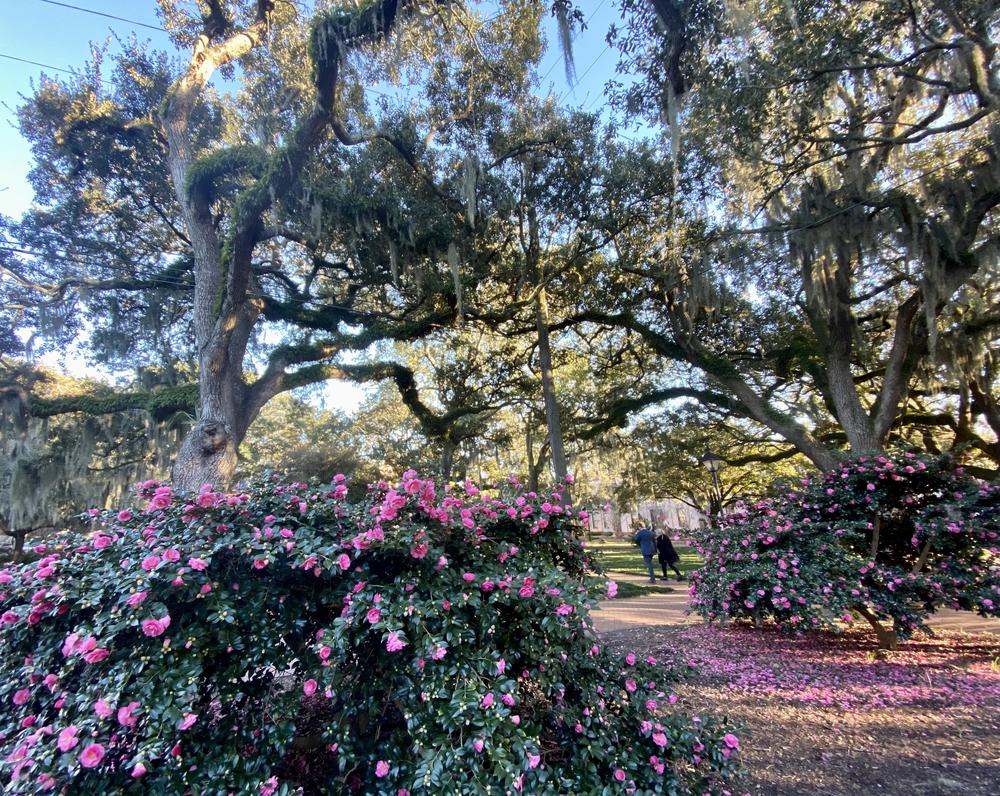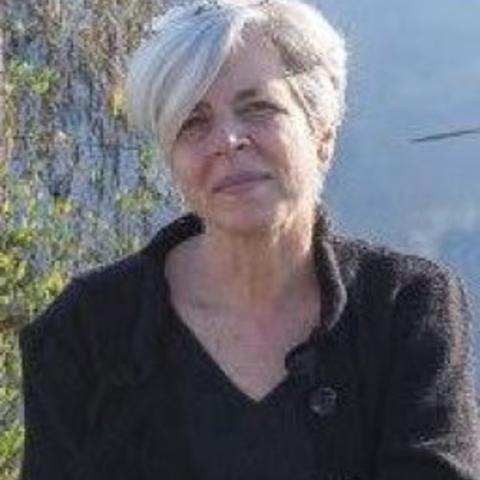
Section Branding
Header Content
Grants will grow tree canopy in Savannah, St. Marys
Primary Content

By Mary Landers, The Current
With graceful live oaks arching over its main arteries, Savannah has long been lauded for its trees. But as development heats up in and around Savannah and a large portion of the city’s street trees are reaching the end of their natural life faster than they are being replaced, the urban canopy has suffered.
Enter a $1 million cash infusion to the Savannah Tree Foundation in the form of a four-year grant from the Georgia Forestry Commission to boost the number of trees planted in disadvantaged neighborhoods and to enlist trainees to grow and plant trees.
“What this project does is three-fold,” Zoe Rinker, executive director of the Savannah Tree Foundation, wrote in an email. “One, it targets areas that are lacking tree coverage with strategically-planted trees to help provide the benefits of shade, cooler and cleaner air, and stormwater mitigation; two, it recruits people who may not usually be exposed to the arboriculture industry to give them a set of employable skills in a growing industry; and three, it engages community members with our urban forest, highlighting the benefits of trees and helping to spread the message about why this large-scale tree loss is so problematic.”
In all, the program aims to plant 1,600 trees over four years. Rinker is aware that the number doesn’t make up for the tree loss the rapidly growing area has seen. A 2022 report put tree canopy loss in Chatham at the equivalent of three football fields a day since the turn of the century. (Read the report here.)
“This project is in no way a silver bullet to the larger issue of tree loss in the Chatham area,” she wrote in an email. “To truly counteract that loss, we would need to talk about the reforestation of acres of land, which is just not feasible given the current business and leadership trends. What STF can focus on is improving microclimates for the communities that are currently most impacted by urban heat island effect and the negative impacts of lacking tree canopy.”
The project will also facilitate the growth of the nonprofit, allowing it to add staffers, grow its own trees and ultimately plant more trees each year. It’s aiming to plant 1,400 trees outside of the scope of the grant-funded project over the next 4 years, bringing its four-year total to 3,000 trees planted.
“To put that in context, it took us 16 years to plant our last 3,000 trees, so we’re increasing organizational capacity by 400%,” Rinker said.
The grant application spells out the benefits of trees and which communities are missing out.
“Trees absorb air pollution and particulate matter, provide noise buffers, mitigate stormwater runoff, and can reduce utility costs,” the grant application states. “Due to tree inequity, many low income and BIPOC (Black, indigenous, and other people of color) communities in Savannah do not have access to these benefits. Addressing tree equity in these neighborhoods is often complicated by the fact that their public right-of-way is limited compared to the extensive tree lawns and public parks in more affluent neighborhoods.”
The grant is one of 16 awarded through the Georgia Forestry Commission’ s Trees Across Georgia Program, funded by $9.75M in Inflation Reduction Act money. STF received the largest of those grants. It’s also the largest grant the nonprofit has received since it was founded in 1982, more than doubling the foundation’s annual budget, Rinker said.
The other coastal grant recipient was St. Marys, which received a $43,170 grant for a program which also includes tree education and planting. (See a statewide list of the grants here.)
In addition to the $1 million grant, the STF effort got a boost from Dulany Industries, which donated use of land, water and electricity for irrigation for a tree nursery at its SeaPoint Complex. The nursery will be adjacent to a ground-mounted array of 4,000 solar panels off East President Street.
“We’re incredibly honored to donate the use of a 1-acre site, water and electricity at SeaPoint Industrial Terminal Complex to help jumpstart the Savannah Tree Foundation’s impressive new native plant nursery program,” said Reed Dulany III, chairman and CEO at Dulany Industries, Inc. “My parents were longtime supporters of the Savannah Tree Foundation, so I understand the importance of growing and protecting Chatham County’s tree canopy. The Savannah Tree Foundation’s new plant nursery will complement SeaPoint’s ongoing focus on sustainability and will be an ideal addition to an existing solar array and apiary located on-site.”
STF is targeting 40 neighborhoods targeted for planting, focusing on a different area of Chatham County each year. Those neighborhoods include Cloverdale, Liberty City, Hitch Village, and Dale Terrace.
Native species make up the list of what STF intends to plant. The species initially targeted for growing at its nursery site are live oak, white fringe, persimmon, bald cypress, and tulip poplar.
“Overall, the goal is to grow native species that are less common at garden centers. And we wouldn’t be a southeast Georgia tree nursery if we didn’t grow live oaks,” Rinker said.
Fruit trees, which Rinker calls “a gateway tree,” appeal greatly to many homeowners. While Savannah has a large inventory of street trees, the STF project expects to plant most of its trees on private property, in part because many of the lower income neighborhoods lack trees lawns and other public areas for tree planting.
This story comes to GPB through a reporting partnership with The Current.


